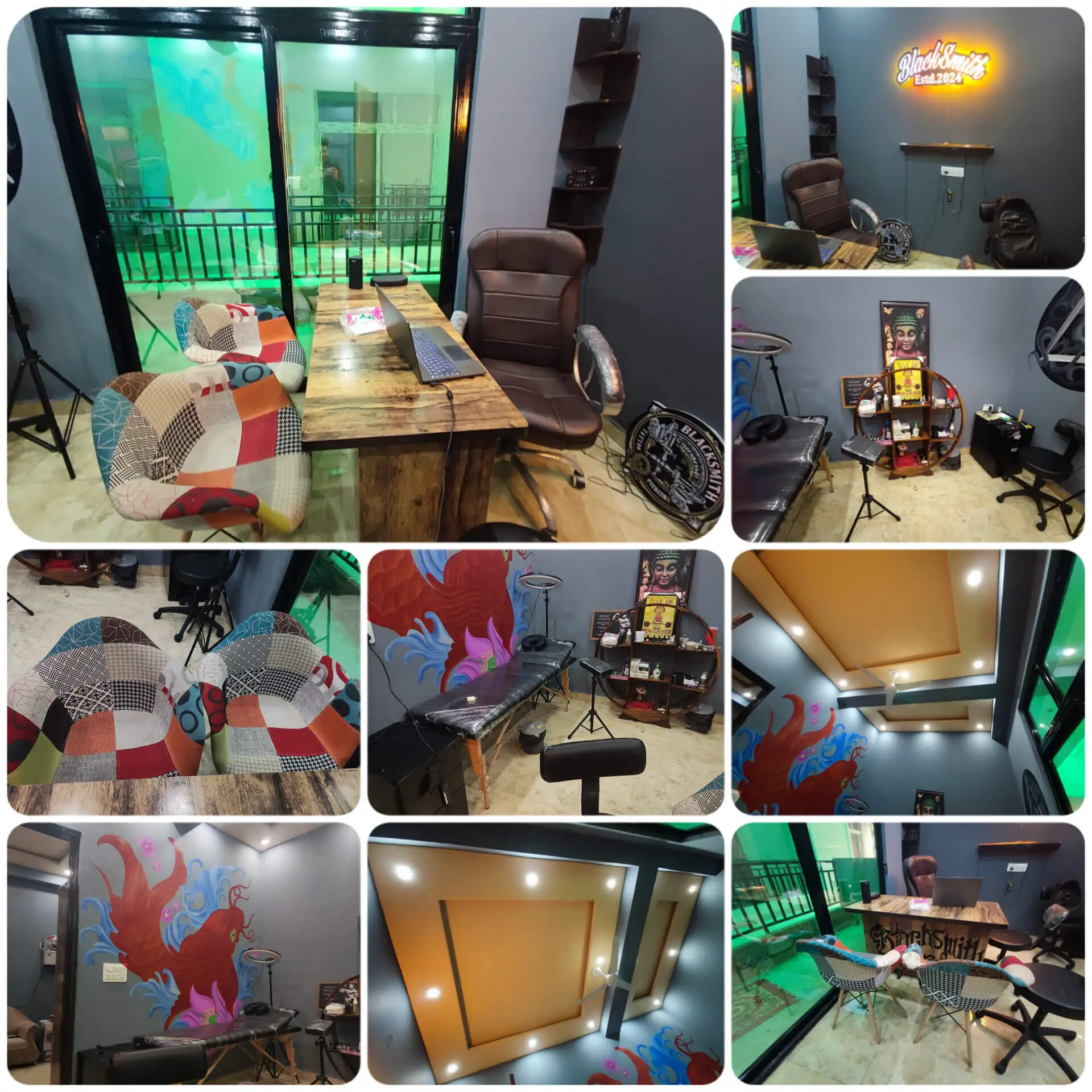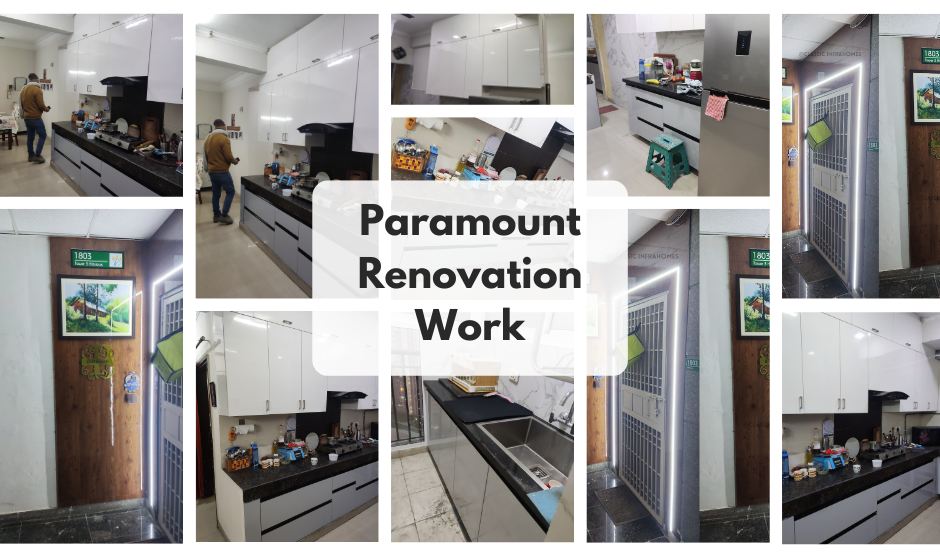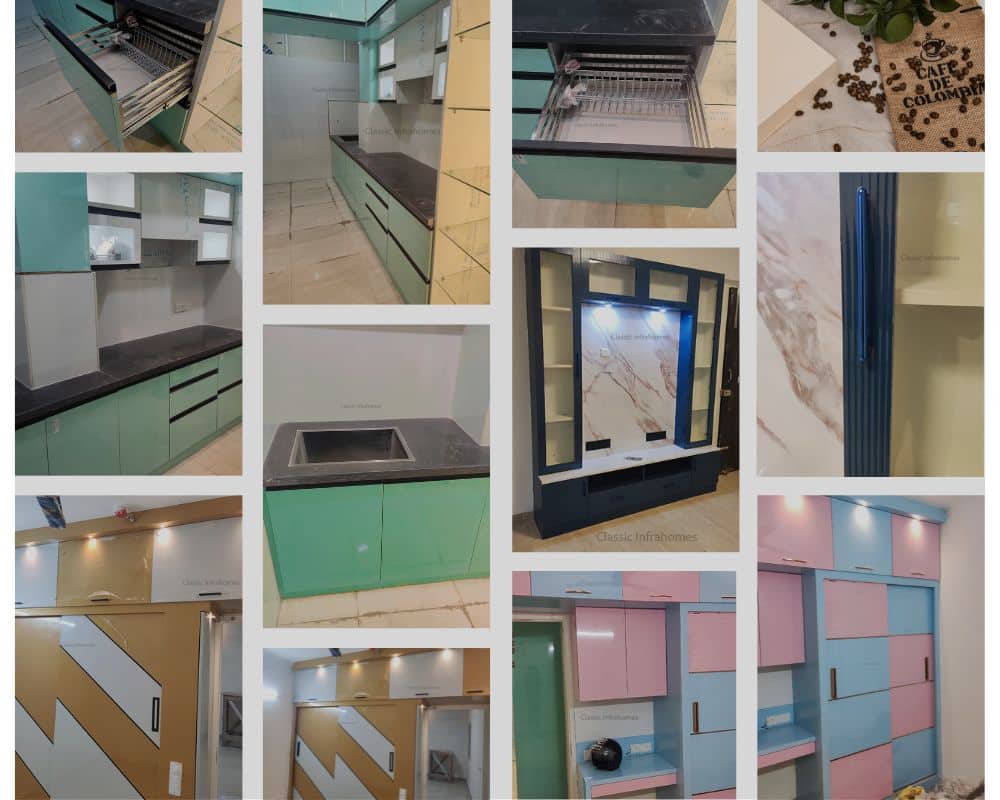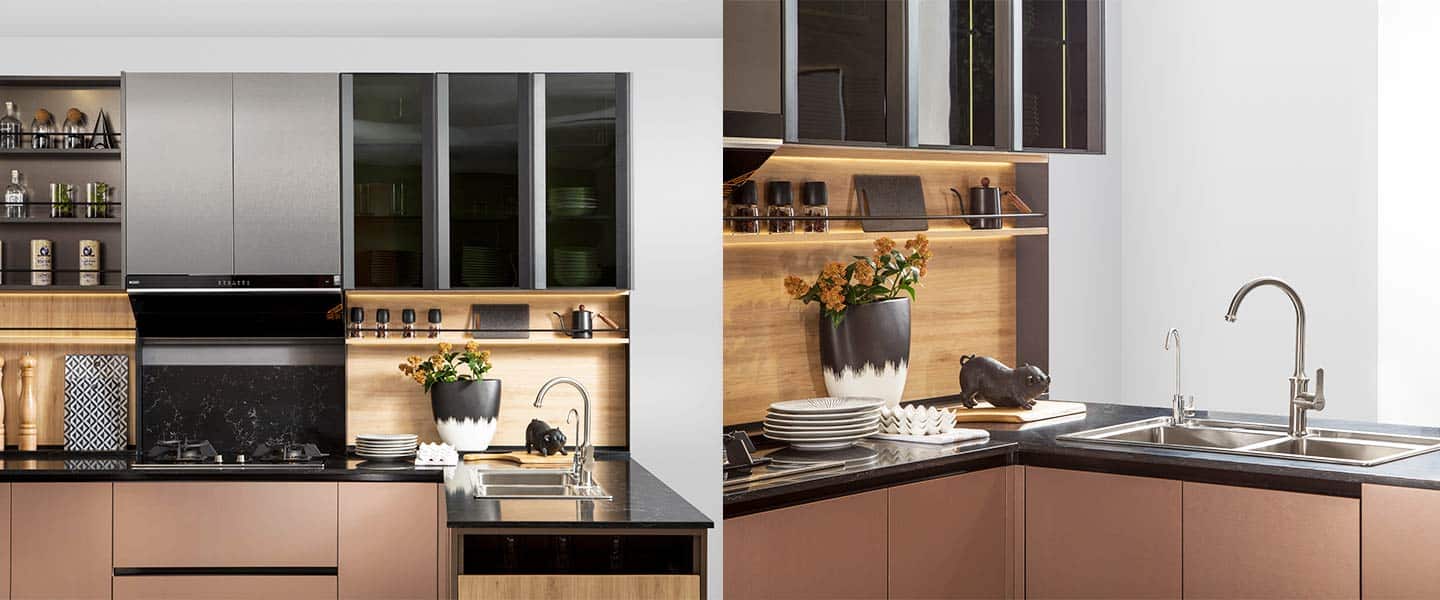Red oxide flooring, a traditional yet timeless choice, has made a remarkable comeback in the world of interior design. Steeped in history, this flooring option offers a touch of nostalgia while embracing sustainability and aesthetic appeal. In this article, we explore the pros and cons of red oxide flooring, providing valuable insights for those considering it for their homes.
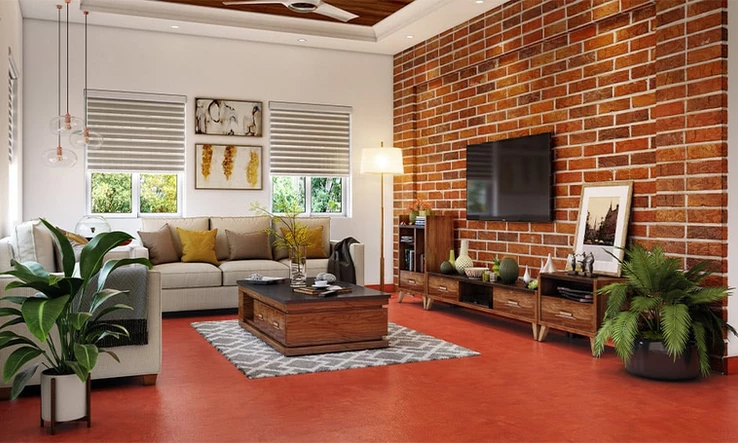
What is Red Oxide Flooring?
Red oxide flooring, a centuries-old practice in India, has seen a resurgence amidst the dominance of marble and granite. Crafted from materials like cement, mud, or lime, red oxide offers a spectrum of colors beyond the popular red, including green, blue, black, and yellow. With approximately 25 shades of red alone, it provides a customizable and unique touch to your home decor.
Here’s what you need to know about Red Oxide Flooring flooring:

Everything you need to know about Red Oxide Flooring
The Pros and Cons of Red Oxide Flooring
Pros of Red Oxide Flooring:
- Low Maintenance: Red oxide engineered flooring demands minimal upkeep. Regular sweeping and mopping are sufficient to keep it clean, and the flooring usually comes with its own sealer, eliminating the need for additional sealants.
- Eco-Friendly Choice: Embrace environmental consciousness with red oxide flooring made from reclaimed or recycled materials. With low air pollutants and recyclability, it stands as an eco-friendly option in modern society, devoid of VOCs, lead, or mercury.
- DIY Installation: For the enthusiastic homeowner, red oxide flooring allows for DIY installation. Numerous online resources provide guidance, making the process accessible even for beginners.
- Longevity: Crafted from red volcanic ash, red oxide flooring boasts durability. Resistant to mold and fungus, it ensures a lasting appeal even in high-traffic areas.
- No Special Preparation Needed: Unlike other flooring types, red oxide flooring does not require glues or caulk. Its solid red rock composition eliminates the need for adhesives, simplifying the installation process.
Cons of Red Oxide Flooring:
- Installation Challenges: Laying red oxide floors is a meticulous task that requires continuous effort without breaks. Only experienced masons can skillfully handle the installation process.
- Susceptibility to Scratches: While non-porous, red oxide flooring is still susceptible to scratches and dents caused by foot traffic and objects. Placing rugs at entrances can help minimize this issue.
- Weather Sensitivity: Exposure to extreme weather conditions can lead to cracks in red oxide flooring, making it more suitable for indoor use.
Cost of Red Oxide Flooring
- The cost of red oxide flooring can range from ₹30–70 per square foot. This price typically includes:
- Surface preparation
- Application of red oxide mixture
- Finishing with a protective sealant
- Red oxide flooring is a budget-friendly alternative, with costs ranging lower compared to options like tiles (₹60–120 per square foot) which can extend to ₹120–180 per square foot. Additionally, red oxide proves to be a more durable alternative to tile flooring.
- Note: Floring and Tiles Rate mention above only valit for Noida, Delhi, Gurgaon NCR in other states of india price may vary.
FAQs – Addressing Common Concerns:
1. Is red oxide flooring harmful?
Red oxide flooring harmful
Red oxide flooring is generally safe for use in homes. It is made from natural materials and does not contain any harmful toxins. However, there are a few things to keep in mind:
- Red oxide flooring can be dusty, so it is important to clean it regularly.
- Red oxide flooring can be slippery when wet, so it is important to take care in areas where there is a lot of moisture.
If you have any concerns about the safety of red oxide flooring, it is always best to consult with a professional.
2: How can I make my red oxide floor shine?
Tip: Mix cement and oxide in dry form, slowly adding water for a consistent slurry-like mix. Even surface trowelling is crucial for an enhanced shine.
3: Why is red oxide used?
Red oxide is used in paints and primers as a rust preventive. If traces of rust are present on an iron surface, red oxide paint will still adhere, because it interacts with the surface by forming chemical bonds.
Usefull Links
- Professional Flooring Installation Services:
- Vitrified Tiles, Granite Or Marble – Which Is the Best Option?
- Maintenance Tips for Various Flooring Types:
- External link to a guide on maintaining different types of flooring, supporting the section on the low maintenance of red oxide flooring.
